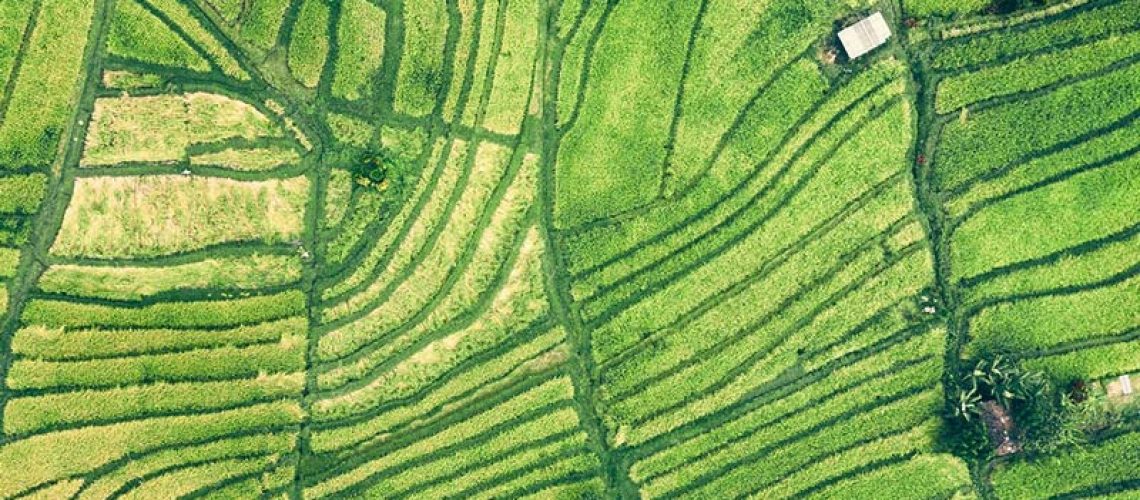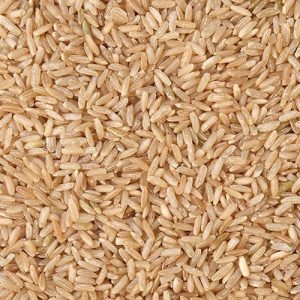
Japonica Rice: The Delicate Pearl of Asia and Potential Export Powerhouse
While the world of rice boasts a vibrant tapestry of flavors and textures, Japonica rice stands out as a symbol of delicate refinement. This short-grain variety, hailing from East Asia, is prized for its exceptional stickiness, subtle sweetness, and ability to absorb the essence of accompanying ingredients. While Vietnam, a powerhouse in long-grain rice exports, isn’t a major producer of Japonica rice, there exist intriguing opportunities to explore its potential as a niche export.
Japonica Rice Export Specifications
Broken: 3% max
Moisture: 14% max
Foreign matters: 0.1% max
Chalky kernel: 3% max
Damaged kernel: 0.5% max
Yellow kernel: 1% max
Red & red steak kernel: 0.75% max
Paddy grain: 2 grains/kg max
Average length of grain: 5.0mm
Polished with/without oil
Miling degree: WM, DP, S
LOADING SPECS:
Packing Loading Capacity Material MOQ
– 1kg 20MT/20FT PA/PE 2 x 20 FT
– 5kg 24MT/20FT PA/PE, BOPP, PP 2 x 20 FT
– 10kg 25MT/20FT PA/PE, BOPP, PP 2 x 20 FT
– 25kg 27MT/20FT BOPP, PP 2 x 20 FT
– 50kg 27MT/20FT BOPP, PP 2 x 20 FT
A Symphony of Texture: Unveiling the Essence of Japonica Rice
The defining characteristic of this rice lies in its unique texture. Unlike long-grain varieties that remain separate after cooking, Japonica rice grains become soft and cling to each other, creating a smooth and slightly sticky consistency. This characteristic makes it ideal for dishes that rely on a cohesive base, such as sushi, Japanese rice bowls (donburi), and Korean bibimbap. The stickiness allows the rice to absorb sauces and flavors effortlessly, creating a harmonious symphony of taste within each mouthful.
Beyond texture, this rice possesses a subtle sweetness that complements savory elements beautifully. Unlike some aromatic rice varieties, Japonica boasts a mild, almost neutral flavor profile that allows other ingredients to shine. This quality makes it a versatile base for countless dishes, from richly flavored stews to delicate seafood preparations.
The Art of Cultivation: Nurturing Rice in Ideal Climates
This rice thrives in temperate climates with cool summers and abundant rainfall. Traditionally, the major producers of this rice have been Japan, China, and Korea, where these conditions are prevalent. However, with advancements in agricultural technology, other countries like Vietnam, known for its tropical climate, might explore the potential for cultivating select Japonica varieties in specific microclimates.
Growing rice requires meticulous attention to detail. The ideal balance of water, temperature, and soil composition plays a crucial role in achieving the desired texture and flavor profile. Vietnamese rice farmers, renowned for their generations-old expertise, might be able to adapt their knowledge to cultivate Japonica rice using sustainable practices that minimize environmental impact.

Export Opportunities: A Niche Market for Vietnamese Japonica Rice
While Vietnam isn’t a major player in the global rice market, there exist intriguing opportunities to explore niche exports. The growing popularity of Asian cuisine worldwide has created a demand for authentic ingredients, including high-quality Japonica rice.
Here’s where Vietnamese rice could carve a niche. By focusing on cultivating specific Japonica varieties known for their exceptional stickiness and flavor, coupled with the meticulous practices of Vietnamese rice farmers, Vietnam could offer a unique export option. This could cater to:
- High-end restaurants: Renowned chefs specializing in Asian cuisine often seek premium Japonica rice with consistent quality. Rice grown with a focus on sustainability and adhering to strict quality control standards, could attract such chefs.
- Asian grocery stores: The growing Asian diaspora and increasing interest in Asian food culture have fueled the demand for authentic ingredients in grocery stores worldwide. Rice packaged with an emphasis on its unique qualities and origin, could find a dedicated customer base in these stores.
- Direct-to-consumer sales: Online platforms provide new avenues for niche exports. Vietnamese Japonica rice, marketed as a premium, ethically sourced, and authentic ingredient, could appeal to home cooks and food enthusiasts seeking to recreate their favorite Asian dishes.
Challenges and Considerations: Bridging the Gap for Export Success
While the potential for Vietnamese Japonica rice export exists, there are challenges to consider. Here’s where Top Rice Exporter Vietnam teams come to the forefront:
- Cultivation Expertise: Adapting existing practices to cultivate high-quality Japonica rice varieties might require collaboration with agricultural experts from traditional Japonica rice-growing regions.
- Logistics and Infrastructure: Efficient transportation and storage solutions are crucial for Japonica rice, as its stickiness makes it more susceptible to breakage than long-grain varieties. Top Rice Exporter Vietnam teams can help with identifying appropriate packaging and shipping methods to maintain freshness and quality during export.
- Marketing and Branding: Highlighting the unique qualities and differentiating factors of Vietnamese Japonica rice is crucial for success. Top Rice Exporter Vietnam teams can leverage their marketing expertise to create a brand identity that resonates with target markets.
Looking Ahead: A Sustainable Future for Vietnamese Japonica Rice
The success of this rice hinges on a commitment to sustainable practices. Top Rice Exporter Vietnam teams can work with farmers to implement methods like water conservation, integrated pest management, and promoting biodiversity in rice paddies. This focus on sustainability not only benefits the environment but also caters to the growing global demand for ethically sourced food products.
In conclusion, Japonica rice represents a delicate dance between texture and flavor. While Vietnam may not be a traditional player in this market, there

Rice ST 25
ST25: Award-winning Vietnamese rice. Loved for its aromatic jasmine scent & fluffy texture. Experience world-class quality.

Jasmin Rice
Fragrant Jasmine: Elevate Meals Globally. Expert export. Premium quality. Unforgettable aroma. Boost your brand.

Purple Rice
Export vibrant health! Our purple rice boasts antioxidants & a unique taste. Attract health-conscious consumers worldwide.

Brown Rice
Expand your rice exports with nutrient-rich brown rice. Packed with fiber and minerals, it caters to health-conscious consumers.

